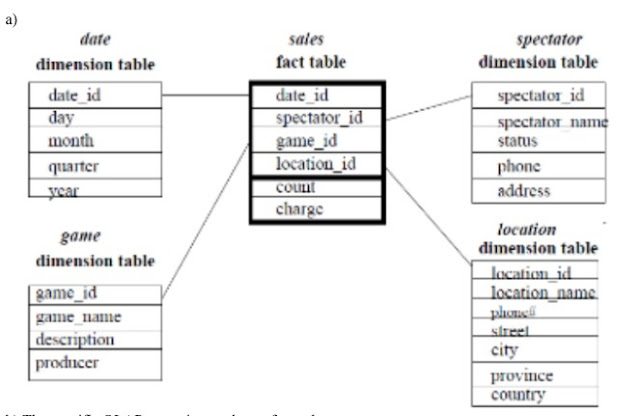Electronic Billing Presentment Payment
Electronic Billing Presentment Payment
- Online payment systems for monthly bills
- EBPP expected to grow rapidly, to nearly half all U. S. households by 2006
- Average cost of $3 to process bills physically but only 33 cents to process electronically
- EBPP services allow consumers to view bills electronically and pay them through EFT from banks or credit card accounts
- Market for EBPP will grow once it is realised :-
- Payments can be received more quickly
OR,
Electronic Billing Presentment Payment
- Electronic bill payment and presentment (EBPP) is a process that companies use to collect payments electronically through systems like the Internet, direct-dial access, and Automated Teller Machines (ATMs). It has become a core component of online banking at many financial institutions today. Other industries—including insurance providers, telecommunications companies, and utilities—depend on EBPP services as well.
- Electronic bill presentment and payment (EBPP) is a process that allows the creation and delivery of bills or invoices as well as facilitates the payment for those invoices over the Internet. The process or service is primarily used in industries such as retail, financial services, telecommunications service providers, and even utility providers.
- EBPP, or electronic bill presentment and payment, is a system that is commonly used in the banking industry today. With this system, a bill will be provided to a customer over the Internet, and then the customer will pay for the bill over the Internet as well. With this system, traditional checks are not used but electronic payments are instead utilized. Here are a few things to consider about electronic bill payment and how it works.
- EBPP is essentially the same thing as electronic billing. With this system, a company will send an electronic statement to a customer. For example, this is common with utility providers or mortgage lenders. Instead of sending a paper bill, the company will send an e-mail to a customer. At that point, the customer will then look at the bill by checking their e-mail or logging into a secure website. Once the customer has reviewed the bill, they can then make a payment in the appropriate amount to the biller.
- Different types of business models in the EBPP market include: a) Biller-direct b)Consolidator
OR,
Electronic Billing Presentment Payment
- Electronic billing presentment and payment systems EBPPS are used for paying routine monthly bills. They enable users to view their bills electronically and pay them through electronic fund transfers from bank or credit card accounts.
- These services support payment for online and physical store purchases of goods or services after the purchase has taken place. They notify purchasers about bills that are due, present the bills, and process the payments.
- 40% + of households in 2009 used some EBPP; expected to grow significantly also used in Pakistan various bank offer pay your utility bills online.
- Companies implementing a biller–direct system can either develop their own system in-house, install a system acquired from a third-party (outsource) EBPP software vendor, or by other means such as from Application Service Provider.
OR,
Electronic Billing Presentment and Payment (EBPP) System
- It is a process that companies use to collect payments electronically through systems like the Internet, direct-dial access, and Automated Teller Machines
- It has become a core component of online banking at many financial institutions today.
- Other industries - including insurance providers telecommunications companies, and utilities depend on EBPP services as well.
There are two types of EBPPS
- biller-direct
- bank-aggregator
- A biller-direct EBPP lets users pay bills directly via the company's website for goods or services and might alert them when a payment is due via email.
- The customer then logs into the site via a secure connection, reviews the billing information, and enters the payment amount.
- The bank-aggregator model allows customers to pay bills to many different companies through one portal.
- That is, the service collects different payments from customers and distributes each payment to the appropriate company
- A bank, for instance, might offer online users the option to make many different payments like credit cards, utility bills, and insurance premiums.
- Standalone sites also exist that allow people to view and pay all of their bills




Comments
Post a Comment